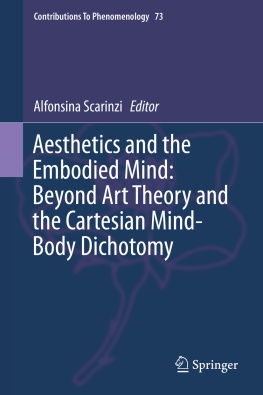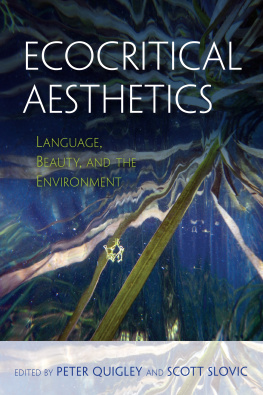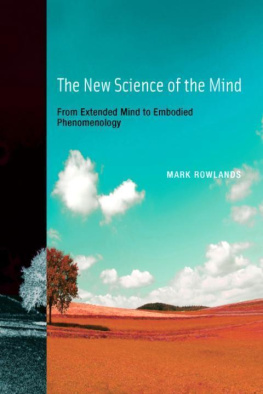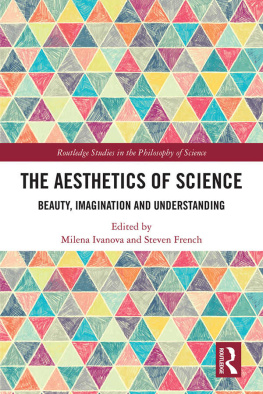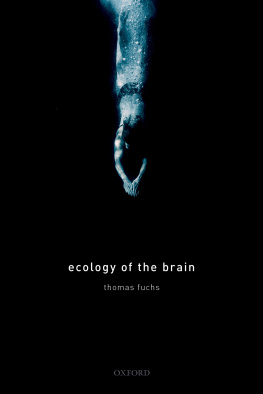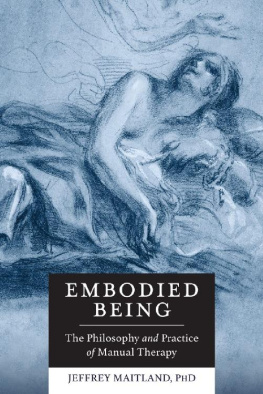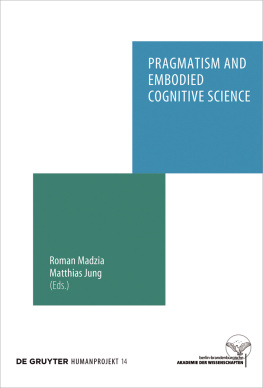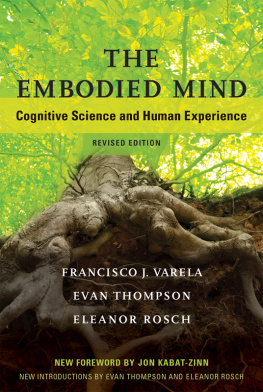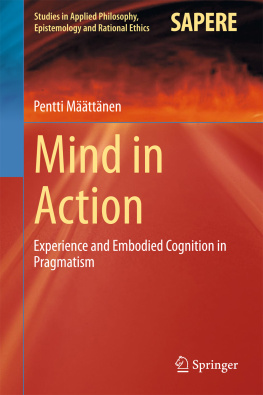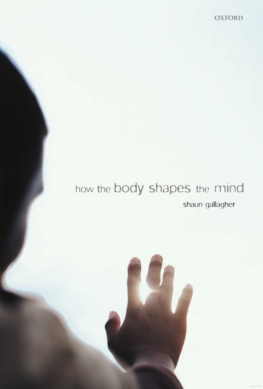Scarinzi - Aesthetics and the embodied mind : beyond art theory and the Cartesian mind-body dichotomy
Here you can read online Scarinzi - Aesthetics and the embodied mind : beyond art theory and the Cartesian mind-body dichotomy full text of the book (entire story) in english for free. Download pdf and epub, get meaning, cover and reviews about this ebook. year: 2015, publisher: Springer, genre: Religion. Description of the work, (preface) as well as reviews are available. Best literature library LitArk.com created for fans of good reading and offers a wide selection of genres:
Romance novel
Science fiction
Adventure
Detective
Science
History
Home and family
Prose
Art
Politics
Computer
Non-fiction
Religion
Business
Children
Humor
Choose a favorite category and find really read worthwhile books. Enjoy immersion in the world of imagination, feel the emotions of the characters or learn something new for yourself, make an fascinating discovery.
Aesthetics and the embodied mind : beyond art theory and the Cartesian mind-body dichotomy: summary, description and annotation
We offer to read an annotation, description, summary or preface (depends on what the author of the book "Aesthetics and the embodied mind : beyond art theory and the Cartesian mind-body dichotomy" wrote himself). If you haven't found the necessary information about the book — write in the comments, we will try to find it.
The project of naturalizing human consciousness/experience has made great technical strides (e.g., in mapping areas of brain activity), but has been hampered in many cases by its uncritical reliance on a dualistic Cartesian paradigm (though as some of the authors in the collection point out, assumptions drawn from Plato and from Kant also play a role). The present volume proposes a version of naturalism in aesthetics drawn from American pragmatism (above all from Dewey, but also from James and Peirce)one primed from the start to see human beings not only as embodied, but as inseparable from the environment they interact withand provides a forum for authors from diverse disciplines to address specific scientific and philosophical issues within the anti-dualistic framework considering aesthetic experience as a process of embodied meaning-making. Cross-disciplinary contributions come from leading researchers including Mark Johnson, Jim Garrison, Daniel D. Hutto, John T. Haworth, Luca F. Ticini, Beatriz Calvo-Merino.
The volume covers pragmatist aesthetics, neuroaesthetics, enactive cognitive science, literary studies, psychology of aesthetics, art and design, sociology.
Scarinzi: author's other books
Who wrote Aesthetics and the embodied mind : beyond art theory and the Cartesian mind-body dichotomy? Find out the surname, the name of the author of the book and a list of all author's works by series.

